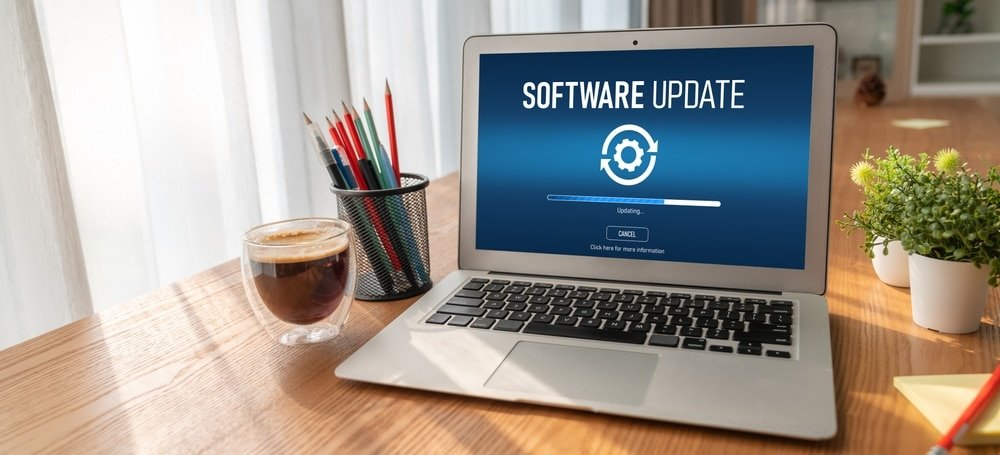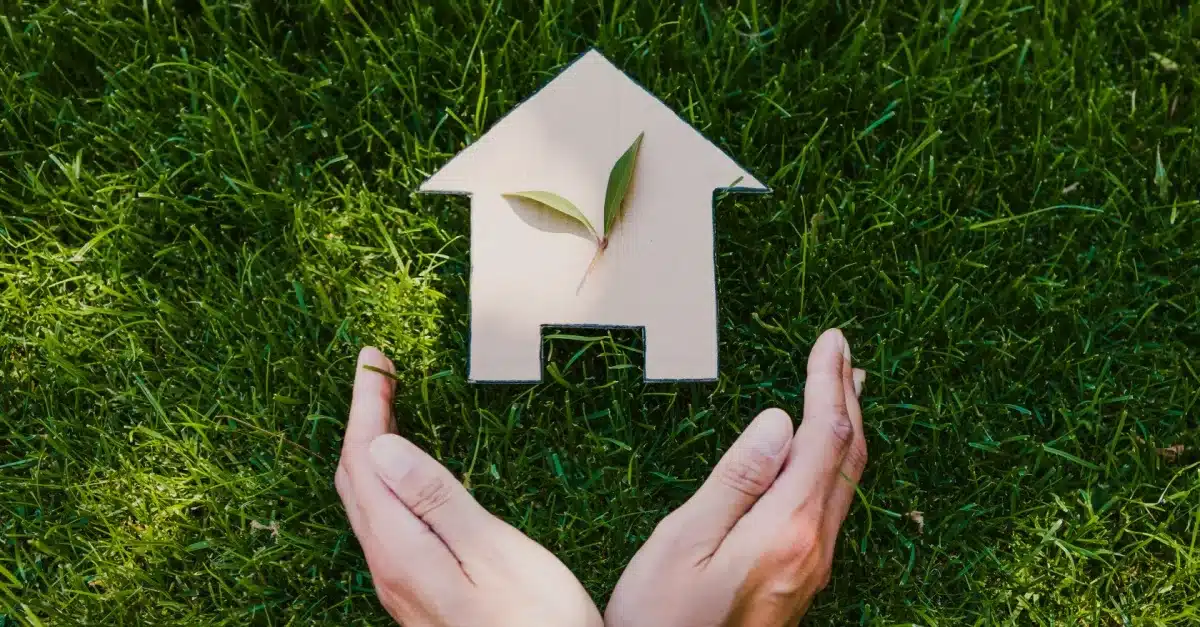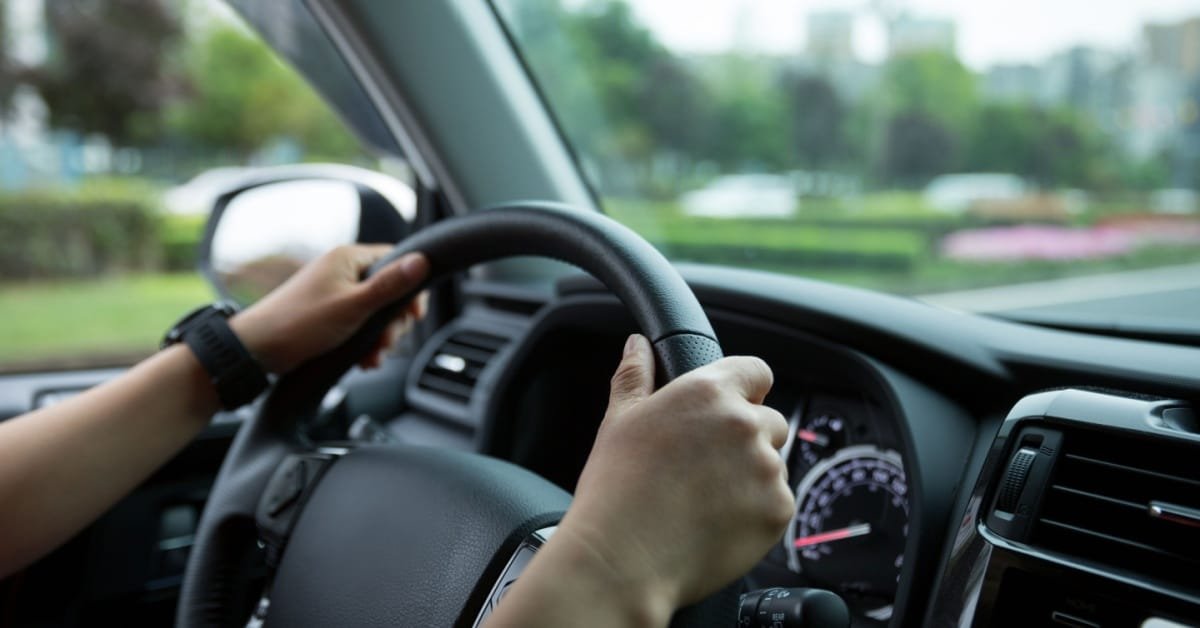
We live in an increasingly connected world. We use our phones to shop, bank, take photos and videos, create, call, message, and work. But we don’t stop there. We also have tablets and laptops for more heavy-duty work, gaming, or when we need a bigger screen. On top of that, we have bluetooth earbuds, power banks, chargeable fans, not to mention AI voice assistants and smart TVs.
Gadgets are the most convenient way of navigating the world today, when everything seems to be hooked up and online. While we can’t imagine life without our gadgets, we have to ask, does having a lot of gadgets mean we are consuming and wasting more energy?
Consumption versus wastage
To be clear, there is a difference between consumption and wastage. Consumption is the act of using resources for one’s needs. While wastage is the act of losing something because of carelessness.
Because gadgets are made using advanced technology, they are actually energy efficient. Smartphones, computers, and television sets are smaller and require less energy to run. Most devices have automatic power shut off and prevent overcharging. What this means is that while we do consume electricity because of our gadgets, we may actually be consuming less electricity than people were in the days before the digital age. This doesn’t mean we can’t be smart about our consumption. As the total number of working gadgets in the country increases, it takes a significant toll on the energy demand.
Tips to save energy
We don’t have to give up our gadgets to be mindful energy consumers. Here are some tips to help you save energy while staying connected.
Keep your gadgets in good condition by charging intentionally. Don’t overcharge. Overcharging can bloat the batteries and pose a fire hazard. Conversely, don’t let the batteries drain out if you can help it, especially for laptops and smartphones. Instead, charge them back up when the battery is below 20%. This helps the device work more efficiently.
Don’t use low-cost chargers and cables from unverified manufacturers. These may cause overheating and malfunctioning, ultimately damaging your devices.
Unplug your chargers when not in use. Charging cables are energy vampires. They keep sucking out electricity even when gadgets are turned off or disconnected. Do the world a favor and unplug so that you don’t waste precious electricity.
Use a smart power strip. Consider investing in a power strip with switches to prevent energy wastage.
Monitor your electricity consumption. Being aware leads you to consume less.
Tips for smartphone use
On your smartphone for most of the day? Here are tips on saving energy while staying connected.
Dim your screen brightness. Brighter screens consume more energy.
Use the adaptive brightness setting. This way, the screen brightens up only when you need it.
Reduce the auto-lock time. A lot of energy is wasted when you leave your screen active but waiting to be used. Instead, engage the phone’s auto-lock feature at a reduced time, say 1 minute of idle time instead of 5 minutes. By reducing the phone’s idle time, you save battery power in the long run.
Check your apps. Streaming apps and games use up more energy so turn them off when you don’t need them.
Update your software. Phone updates usually include battery optimization so make sure your phone is up to date.
Turn off GPS, WiFi, and Bluetooth when not needed. Your phone uses a lot of energy when it’s sending out signals or trying to find a connection. If you don’t need the service, just turn it off and you’ll save battery time.
There are many ways to be a mindful energy consumer in the digital age whether online or offline. By taking conscious steps to avoid wasting energy, we help the country’s energy security and protect the planet by decreasing carbon emissions. Let’s remember that every small action towards energy conservation adds up to create a sustainable future for all.





























